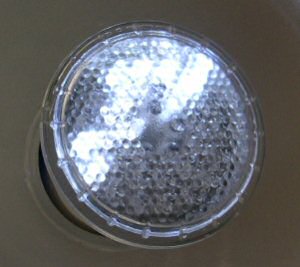nialabert wrote:No, I do not have a specific example. But someone with eye problems told me that neon lights made things worse.
Sorry for this little reversal. I wrote what the physics teacher who was next to me told me ;-)
FYI, in companies it was advisable that there is already a long time of meter neon by 2 for lighting. 1 neon will give 50 flashes per second (these are the 50 hertz current 220 volt that we have) but when we put them next to each other the flashes are alternating but always at the same frequency , therefore less tiring for the eyes.
The old TVs had a frequency of 50 frames per second (50hertz), now it is offering higher frequencies for better comfort. It's like computer screens, it's advisable not to use them below 60hertz.
Now to talk about compact fluorescents we can find sites that will say that it is not good for the planet and very dangerous.
Like this one
http://next6up.org/Newsoftheworld/LampeFluocompacte.php
And offers only that to save the planet, I have big doubts.
As said I Citro and many others have surround frequencies, and I think it's hard to know what's good or not. Now if I search the internet for the best way to grow bonzaïs indoors it says here :
"Add above plants a fluorescent lamp for these species. Hold the lamp at about 15 cm (6 inches) above the plant. Fasteners for two tubes of 40 watt are economical to purchase and use. Special bulbs are not needed. Keep the lamp on for 12 hours a day to complete the sunlight. If you do not have a window with enough light even for tropical plants with low light requirements, you can safely use fluorescent lamps as shown above as the only light source »
So for me if it's good for plants it's not bad for me and it's good for the planet.







